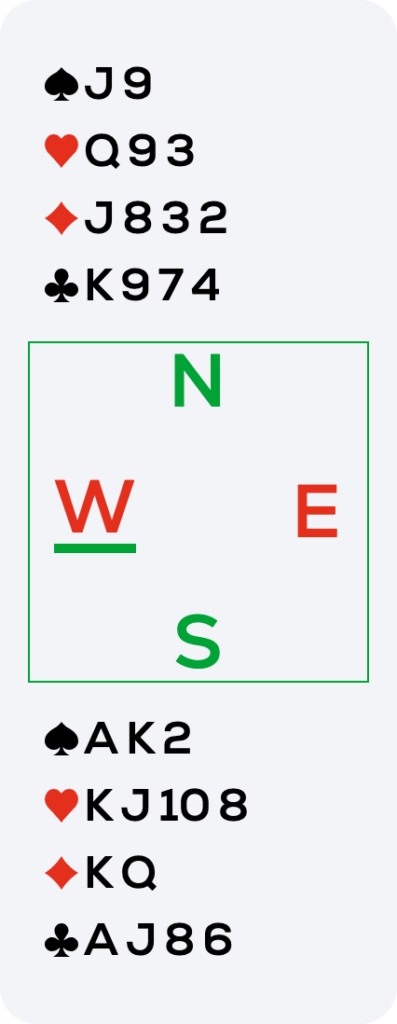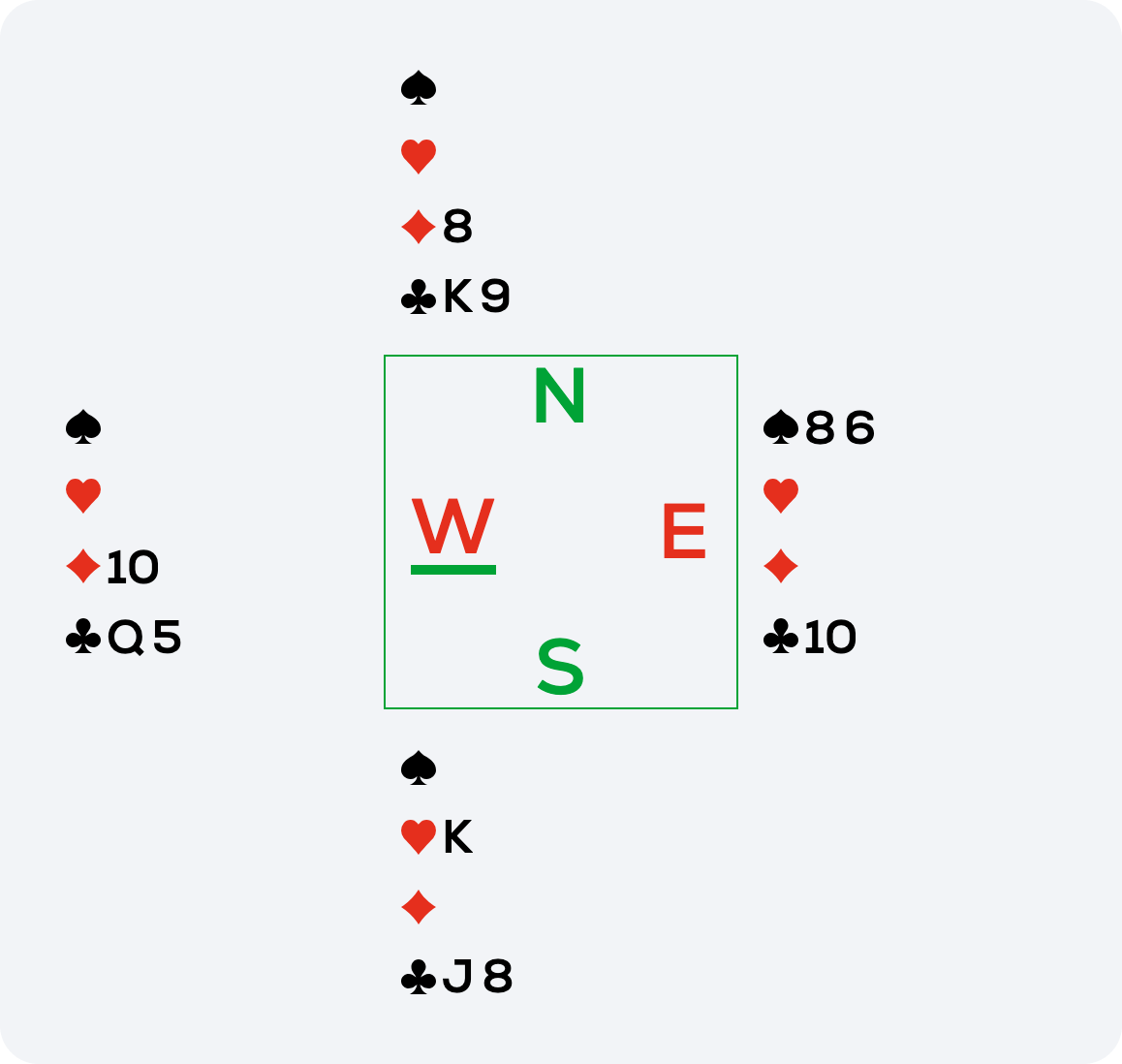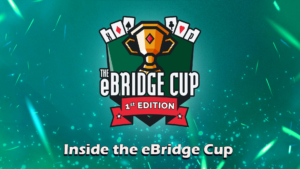
Thriller

Who said that only grand champions could write bridge articles? A few months ago, Funbridge launched a brand-new format of articles that allow talented players to share their expertise on the deals that inspire them the most. We have the pleasure of presenting you with a captivating article below that was written by one of the members of our community.
Zoom in on the author
Yoram Aviram is an experienced bridge player and a former member of the Israeli Junior and Open teams with several achievements on the national and international scenes.
Yoram left the game many years ago to focus on family and work (in the field of computerised trading of financial instruments) and switching hobbies from the mind sport of bridge to the physical sport of competitive road cycling.
He returned to his old passion and adopted Funbridge as the platform on which to refresh his old skills.
He is happy to share deals of particular interest with the Funbridge community on the blog.
Thriller
The monthly Bridge Cup, where you can earn 5 times as many BPs as in a standard tournament, is an important part of the Bridge Points Circuit. During the April Bridge Cup, after winning the first three rounds, the fourth round turned out to be quite a thriller.
My opponent for that round was Sjors Niesten (Funbridge username: SjorsN). Judging by his good stats, I knew the match would require my full attention, and so it proved.
On the first board (out of 16), a different bidding sequence resulted in different contracts, earning me 3 IMPs. No IMPs were exchanged on the next 3 boards.
Board 5 was interesting. Third to speak, holding a semi-balanced 2-2-5-4 and a 19-count hand, I considered opening 2NT, but decided in favour of 1♦, mainly because of my small doubleton in hearts. That decision paid off – kind of. Partner held a balanced 8 count with a small heart doubleton as well. As a result of my choice, we avoided the theoretically doomed 3NT contract. Instead, we reached a not-so-great but playable contract of 5♣. That contract had about 40% chance of success and sadly went down. At the other table, Sjors, unbothered by subtle considerations, took the practical route, opened 2NT, reached 3NT, and made an overtrick after a non-heart lead. Minus 12 IMPs for me.
Few IMPs were scored on the next 5 boards, but Board 11 brought another swing. First to speak, holding an 11 count, with a nice spade suit, I decided to stretch a little and opened 1♠. Partner Argine, with a 16 count and a four-card spade support, undeterred by my sign-off attempts, drove us to an uncomfortable 5♠ contract. That contract had chances, but painfully went one down. +10 IMPs for Sjors who only passed as dealer and stayed at 4♠.
Thus, with just 5 boards left, I found myself down 17 IMPs. Could I stage a comeback? The next board offered some hope.
On Board 12, holding a balanced 16-count with 5 good spades, the bidding went 1♣ on my left, followed by two passes. Time to gamble. Instead of the textbook Double (to be followed by a spade bid), I jumped to 2NT – intentionally overbidding, going for a swing. It worked. We reached a good 3NT, made an overtrick and scored 10 IMPs when Sjors at the other table chose the standard “Double”, 1♠ rebid, and then stayed in a spade part-score. The gap narrowed: minus 7, 4 boards to go.
As we were playing simultaneously, all this was unfolding in real time.
The next board really went my way. This time I bid conservatively, allowing Argine to make an aggressive balancing bid, which I doubled for +800. Sjors, choosing a different rebid, settled for a modest part-score. A 12-IMP swing completing the comeback. I was now leading by 5, with three boards remaining.
The following board evened things out: a different choice of dummy play by Argine resulted in it making a part-score at my table and going down at the other. Minus 5 IMPs and a tie!
The penultimate board was a quiet push.
There was one more wrinkle: Sjors had already completed his last board. Under the tournament rules, in case of a tie, he would win. I had no choice, I had to win the last board outright.
This was the final hand:


At first glance, the hand didn’t seem to offer much potential. The contract seemed obvious, the opening lead helpful indeed, but predictable after East’s opening bid. Still, I had to do my best and hope something would happen.
After covering the opening lead with the jack, East playing the queen, and winning in hand, I paused to review. North-South held 28 points, leaving 12 to East-West. Since East had opened the bidding, he must hold both red aces in addition to the spade queen. The club queen? Likely with East. But with a third-seat opening, maybe not.
What about the play? The opening lead gave me 3 spade stoppers, offering me the tempo to drive out both red aces before opponents’ spades were established. Then, if I decided to take the club finesse, it would be into the safe hand – West’s – with no spades left.
I started with the heart jack. East won the ace and returned a spade, Dummy’s 9 winning as West followed. Next I played a diamond. East won with the ace and returned another spade to my ace. West discarded a heart, dummy a club. Now I played the 10 of hearts and saw West discard a diamond.
A picture began to form: East had started with six spades and four hearts. He had at least 1 diamond (the ace he played), so he had at most 2 clubs. Apparently, it didn’t matter who held the club queen and no finesse was needed. East’s major suit length made West the key defender, guarding both minors.
I counted my tricks: three spades, three hearts, two diamonds, and two top clubs. Ten in total. The opponents had already won their two aces. If the club queen was with East, 11 tricks were automatic – and likely duplicated at the other table. My only chance to win the board was if West had the club queen (just possible considering East’s third-seat opening). In that case, West was going to be squeezed.
I cashed the ♦K, East threw a heart, confirming his distribution: 6-4-1-2. Then a heart to dummy’s queen, the ♦J, a club to my ace, and now the squeeze card – the ♥K.
Here was the position:

West was squeezed. Forced to discard, he let go of a small club. The diamond 8 was discarded from dummy, and I knew my clubs were now good. But that wasn’t enough. For a winning chance, I needed West’s remaining club to be the queen. Anxiously, I played a club and to my great delight, West’s remaining club appeared – a beautiful queen!
That final board proved to be decisive. Sjors, perhaps rushing to finish the match first, had taken an early club finesse, costing him the vital overtrick.
All in all, well done Sjors! Our match was a real thriller!
What is the concept behind community articles?
Would you also like to write an article? At Funbridge, we like giving our players a voice. In this format of articles, it is you who write the content. If you notice a deal that you find particularly interesting and that you would like to share with the Funbridge community, tell us in a comment below! We will get back to you quickly.

Content Manager
What did you think of this article?
Share your opinion in the Comments section below.





un poco demasiado largos los comentarios
Thanks Yoram for this well-written report of our thrilling match! And what a horrifying last board with this Queen of Clubs sitting where she should not have been 🙂
Always enjoy this sort of tale thank you. Keep them coming and well played both of you !